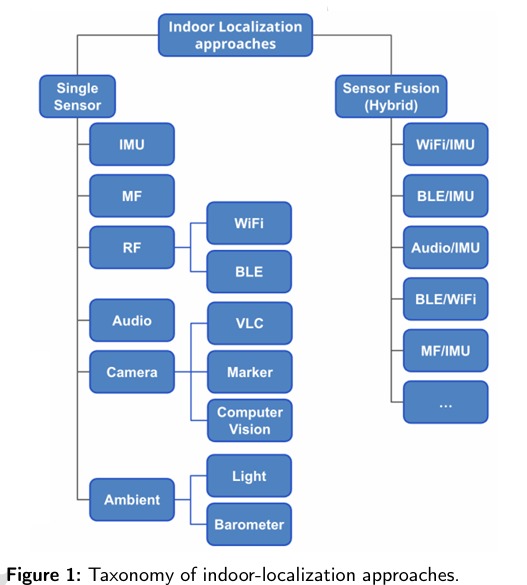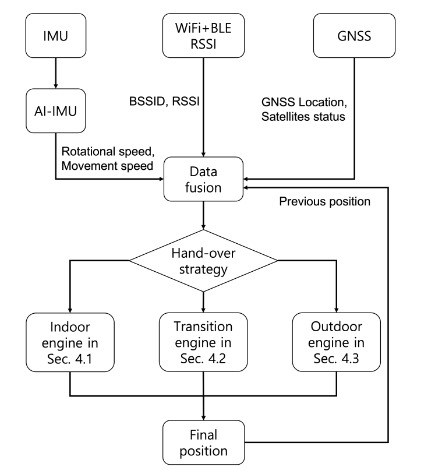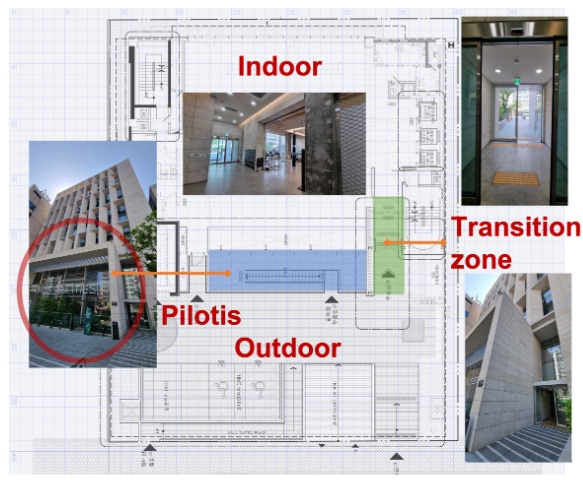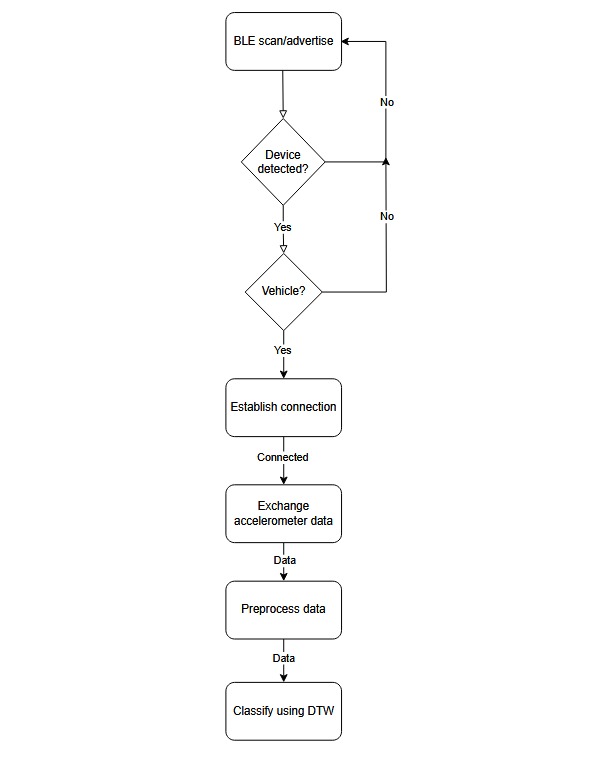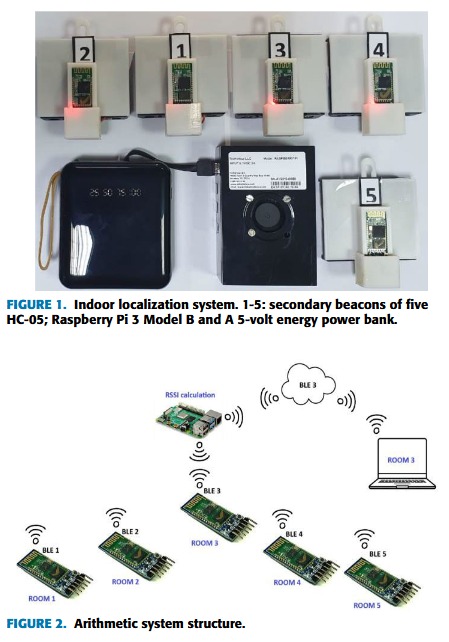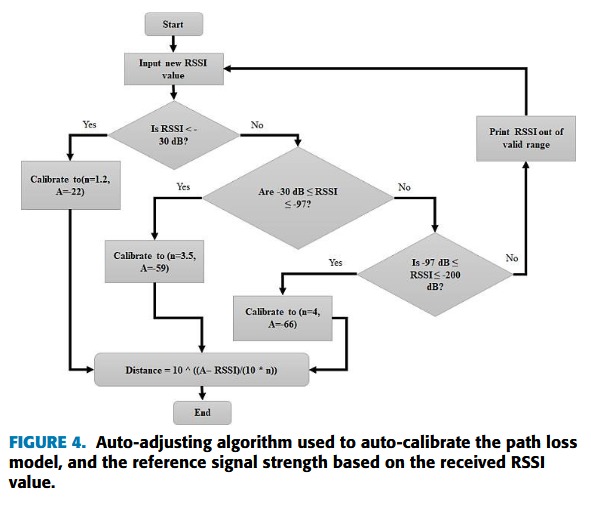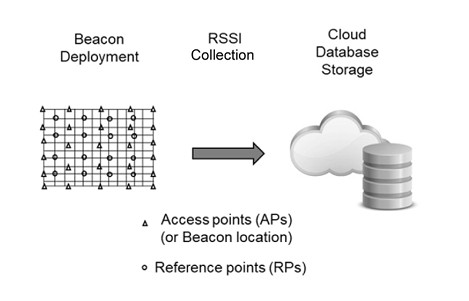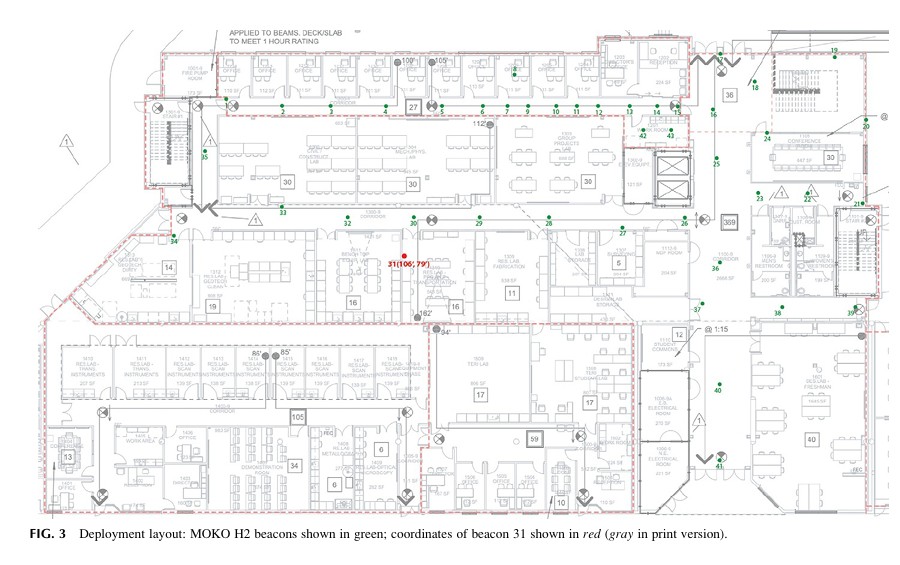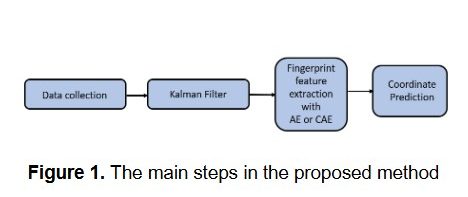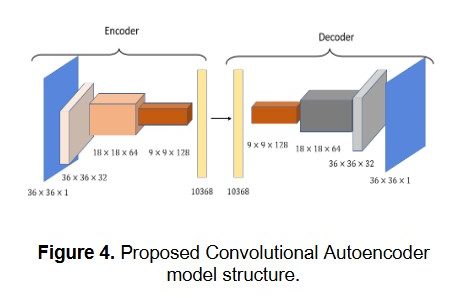New research from Italy explores whether Bluetooth Low Energy signals broadcast by smartphones can be used to infer when people are nearby, without needing cameras, user identification or extra hardware. It proposes treating smartphones as stand-ins for their owners and summarising the visibility of their BLE advertisements over short time windows. Features such as how many devices remain visible for several consecutive scans, how often new devices appear or disappear, and simple patterns in signal strength can give a broad sense of presence and density in a space. These measures are deliberately conservative to protect privacy and avoid misinterpreting brief passers-by or irrelevant devices.
The approach builds on earlier work showing that patterns of BLE visibility are sufficiently stable to distinguish different mobility contexts. The authors argue that, although smartphones and wearables may inflate counts and nearby IoT devices may add noise, careful thresholding and calibration for each environment can still provide useful density estimates. Rather than aiming for exact headcounts, they propose coarse categories such as low, medium or high occupancy, which are more realistic for BLE-based sensing given signal variability and environmental interference.
Possible uses range from managing building occupancy, energy systems and lighting to understanding crowding in public spaces and transport hubs. It could also support accessible navigation by guiding people along less busy routes, or allow digital interfaces to adapt according to whether others are present. Future work will focus on calibrating these methods across different scenarios, combining them with lightweight additional signals such as door sensors or approximate Wi-Fi counts, and embedding strong privacy safeguards. The study stresses that the system should only rely on aggregated stability patterns rather than any attempt to track or identify individuals.
